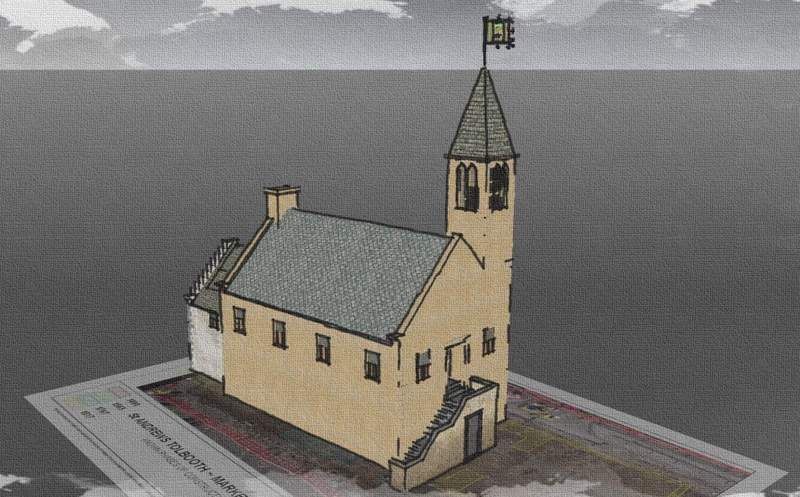Tolbooth
Tolbooth
Outlined in the paving on Market Street is the location of St Andrews' former tolbooth (the Scottish equivalent of a town hall). We do not know precisely when St Andrews’ tolbooth was built, but recent archaeological excavation suggests the site has been used by people since the twelfth century. The tolbooth underwent a number of major renovations and was almost completely rebuilt in the sixteenth century. As in other Scottish towns, the tolbooth was a meeting place for the local council and community. It also acted as a prison. St Andrews' tolbooth was eventually demolished in the 1860s as it was regarded as an obstruction to traffic.
Street View
Additional Information
Location: Middle of Market Street. Date Built: Twelfth to nineteenth centuries.
In front of the tolbooth there was the tron - a weighing beam with the city's official weights and measures. During the middle ages weights and measures were not standardised across the country. Each town had its own measures.
Like most Scottish towns, St Andrews was administered by a committee known as the burgh council. The council was led by the provost (the Scottish equivalent of a mayor). In theory the provost was elected. However, for most of the sixteenth century the provost of St Andrews was always a member of the Learmonth family. The Learmonths aggressively dealt with any opposition. They reputedly even resorted to murder to get their own way!
The burgh court met regularly in the Tolbooth. Many of the issues dealt with by the court concerned property disputes. For example, squabbles about non-payment of rents or disputed boundaries were often resolved by the burgh court.
The Tolbooth was extended in the 1560s in order to provide more meeting space for the burgh council. The building work was financed with money previously allocated to the Catholic Church.
